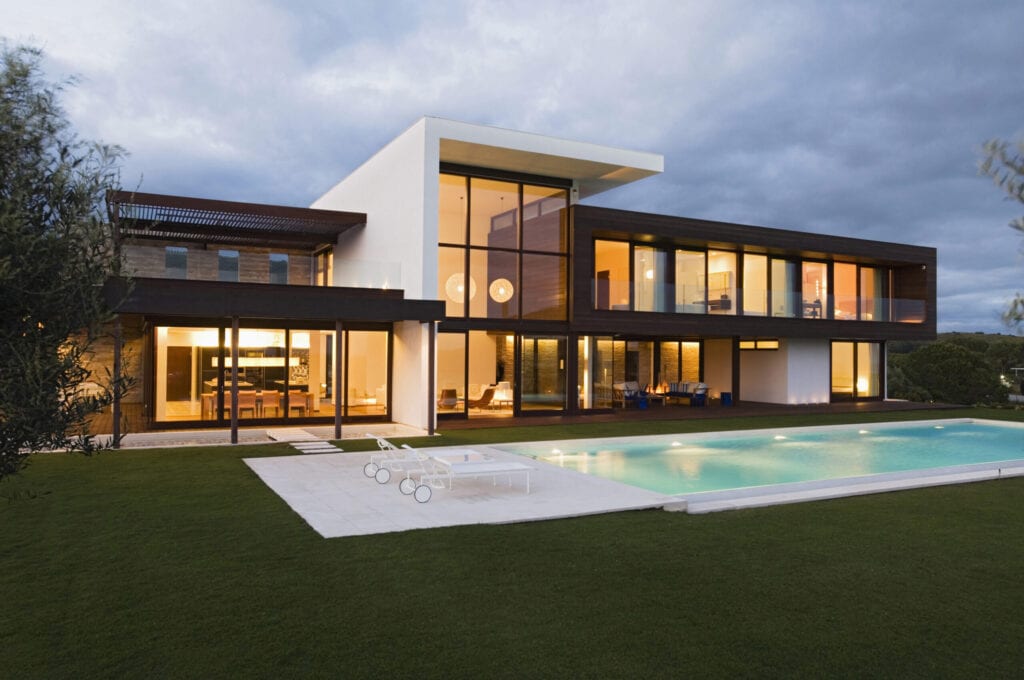
Architecture Style That Brings You Close To Nature!
With growing infrastructural development, our longing for nature increases. The longing for nature is often reflected in architecture. The materials used to construct a building can also improve our connection to nature.
In recent trends, architecture has become more of a way to design cities and buildings to connect to nature rather than disconnect. Even though there are a lot of physical barriers between us and nature, it is difficult to shake deep ties and the need to be connected to other species and be a part of nature ourselves.
Here are a few of the ways where architecture is combined with nature.
- Landscape or Openspace designs
Together, architecture and nature can instigate positivity and change mood among people and show a tremendous development in environmental change. Having built spaces combined with landscapes or open spaces can bring people closer to nature.
- Using Five Elements of Nature
The five elements of nature are fire, air, water, earth, and space. Using these five elements in architecture helps build a stronger connection with nature. We often find that many buildings are built near water bodies or around a tree or made spacious so that airflow is not interrupted. Even earthy materials are used for construction, and light is obtained from the energy from the sun. Thereby using all five elements of nature.
- Minimalistic Designs
In architecture, minimalistic and uncomplicated designs and natural materials that age with time also accept the normal cycle of life decay. Death can often create an environment that will keep drawing people to nature.
- Biomimetic Architecture
Biomimetic architecture impersonates the processes and systems of nature. Architects and designers are often greatly influenced by plants, animals, and other organisms adapting to their surroundings. Hence even architects started mimicking their mechanism through technology and combining architecture with nature to adapt to the environment.
- Biomorphic Architecture
Architects often take inspiration for their design from shapes found in the surroundings of nature. This type of architecture is known as biomorphic architecture. Nature-inspired forms in architecture bring us closer to nature. Inspiration is mainly taken from animals. Birds, leaves, trees, e.t.c. An example of biomorphic architecture is Olympic Stadium Beijing (inspired by a bird’s nest)
- Biophilic Design
Biophilic design refers to innovative ideas that can help us lead a productive and healthy life when our homes are connected to nature. Biophilic designs are also created using many energy-saving techniques such as natural ventilation, natural lighting, and ground insulation. Airflow and water play a significant role in biophilic designs. Adding natural airflow to the building or incorporating an indoor lake or river helps create a natural ambiance.
- Sustainable Techniques in Design
Methods that help create awareness to be responsible for nature are often made using sustainable design techniques. Methods like using rainwater harvesting or using solar panels, These natural methods help the environment on a larger scale.
Conclusion
The natural surroundings can influence the materials, colors, planning, structural system of a building or a property. Nature is destroyed with each creation of architecture; it is only smart to blend architecture with nature to prevent environmental blasphemy.






